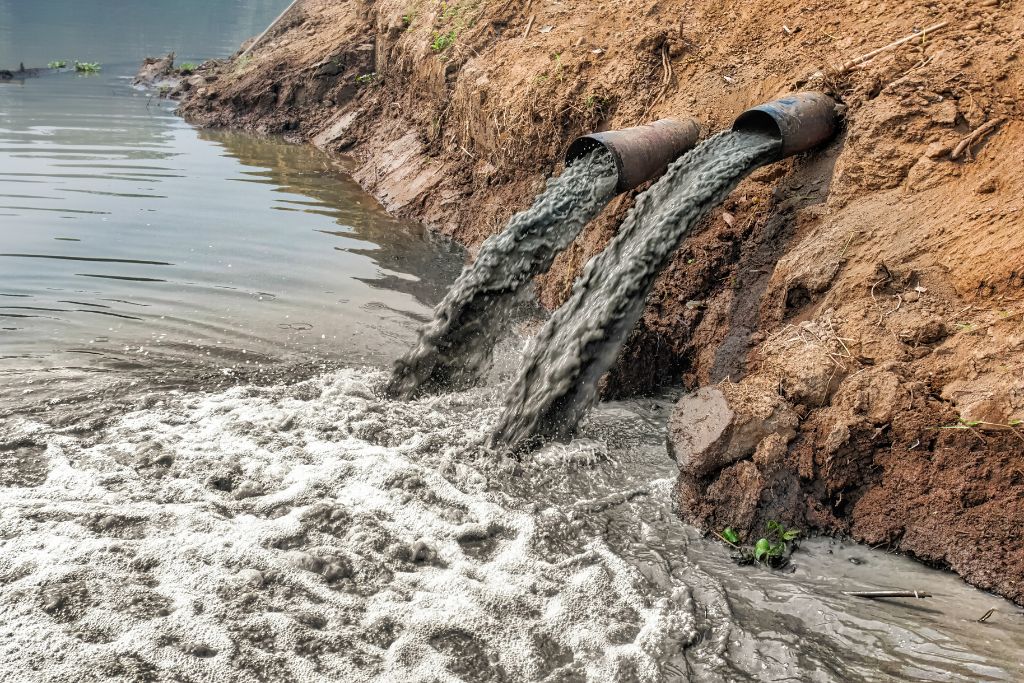Forever chemicals are associated with severe health risks, including cancers, high cholesterol, thyroid disease, liver damage, asthma, allergies, and reduced vaccine response in children.
—
Toxic ‘forever chemicals’ are present in nearly half of all US tap water and about 70% of urban tap water sources, a new federal survey has found.
Released on Wednesday, the first-of-its-kind federal study assessed both private and public drinking water sources across the US to find proof of contamination from 32 types of per- and poly-fluoroalkyl substances (PFAS), a group of more than 12,000 heat-resistant, oil-resistant, and water-resistant chemicals first introduced in the 1930s and found in hundreds of products including stain- and water-resistant fabrics and carpeting, makeup, cleaning products, paints, and fire-fighting foams.
According to the experts behind the survey, exposure to PFAS is a “global human-health concern”, as these chemicals – as opposed to other toxins – can stay in human bodies for years and affect almost every organ system, leading to severe diseases including cancers, high cholesterol, thyroid disease, digestive issues, liver damage, asthma, allergies, and reduced vaccine response in children. A study conducted by the Centers for Disease Control and Prevention (CDC) between 2000 and 2014 found that about 98% of Americans have some amount of PFAS in their blood.
At least one PFAS was detected in about 45% of the 716 locations tested for forever chemicals’ presence. Despite no substantial difference in PFAS concentrations between public and private water sources, the survey found great variation between urban and rural sources. Previous research by Harvard T.H. Chan School of Public Health found that people who live in communities with higher proportions of Black and Hispanic/Latino residents are more likely to be exposed to PFAS in their water supplies, citing the disproportionate siting of sources of PFAS pollution such as manufacturers, airports, wastewater treatment plants, and landfills, near watersheds serving these communities.
You might also like: Flood Water Contamination Threatens Communities Living Near Chemical Facilities – Can Private Law Protect Them?
The survey comes days after the chemical and manufacturer 3M reached a $10.3 billion settlement with American cities and towns that claimed the company was responsible for PFAS contamination of their public water systems.
“We have reached the largest drinking water settlement in American history, which will be used to help filter PFAS from drinking water that is served to the public,” Scott Summy, a lead attorney for the water systems suing 3M, said in a statement.
“The result is that millions of Americans will have healthier lives without PFAS in their drinking water.”
In recent years, the US Environmental Protection Agency (EPA) has taken steps to regulate these chemicals and in March announced new national water standards. The proposal applies to six types of PFAS and will require water utilities to claim any detectable level of cancer-causing chemicals out of their system.
You might also like: Causes of Water Pollution And How We Can Reduce It


















